HOUSE RENDERING: WHICH RENDER IS RIGHT FOR YOU?
After some house rendering ideas? This type of cladding is ideal for self-builds and renovations alike as well as a useful way to carry out an external makeover. This guide has everything you need to know.
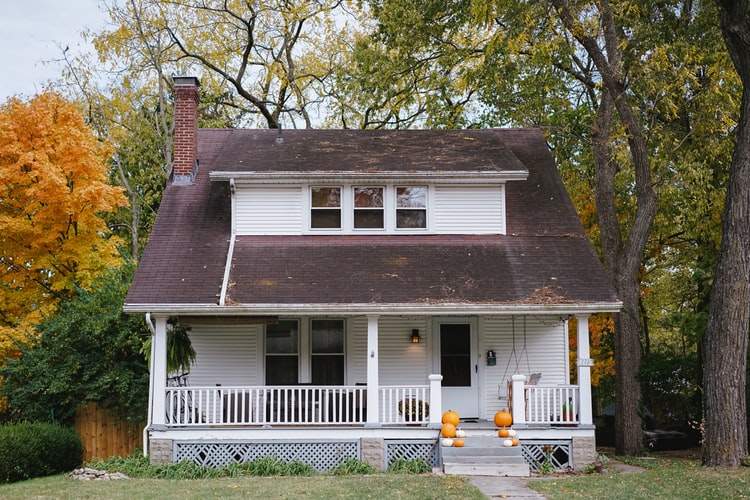
House rendering is a popular method for cladding a house for good reason. It comes in a huge range of finishes and colours, suits all budgets and can be tailored for both contemporary and traditional styles of house.
Provided it is chosen wisely and applied correctly, house rendering provides an easy way to cover up unattractive brickwork, as well as lending a crisp, simple finish to modern house designs. It can also be used to completely transform a dated-looking house into something unrecognisable as part of an exterior makeover.
Bear in mind that house rendering doesn’t have to be a whole-house cladding — it can also be a partial option, used in conjunction with another form of house cladding, such as stone, brick, timber or even an alternative type of cladding. It is often seen as a partial cladding on oak frame homes, for instance.
When looking for house rendering ideas, it is important to delve a little further into the different types of product out there in order to be able to make an informed decision when it comes to the right one for you.
WHAT IS HOUSE RENDERING?
House render is a type of cladding for the exterior of the house and is just one of many cladding options. It is applied to the exterior of a home, much like plaster is applied to the interior walls. There are two main reasons for house rendering:
- to protect the underlying walling material from the effects of weathering and rainwater penetration
- to provide an attractive appearance to the house
These days there is an ever-growing range of house rendering products, from the more traditional lime renders, popular with renovators and those extending period houses, to those that also provide insulation and through-coloured renders.
WHICH HOUSE RENDERING SHOULD I USE?
Can I Use Cement Render?
This is the standard or traditional render used on external walls. Cement render is usually mixed on-site before being applied in two or three coats. The base coats (or scratch coats) are scored when they are still wet to give a key for the next layer. The topcoat is applied more thinly and given a shiny finish, ready for painting.
Cement render tends to be cheap in terms of materials, but a little more expensive on labour due to the numerous coats. It also has a tendency to crack if the underlying structure should move.
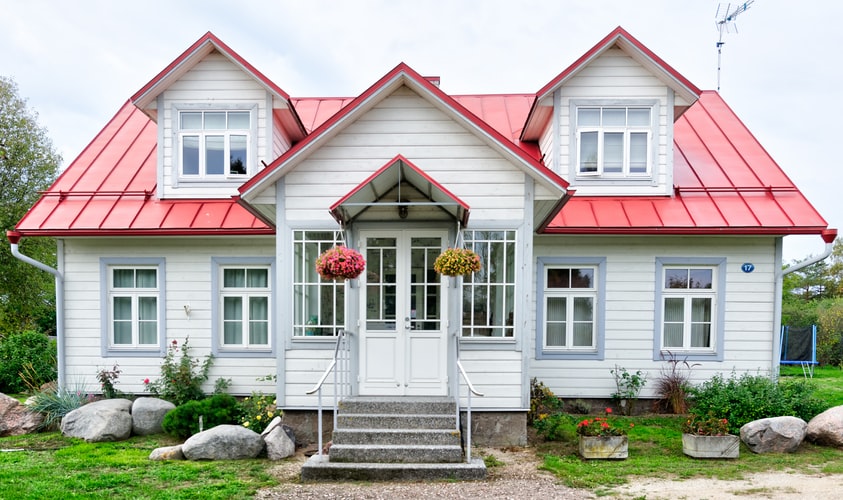
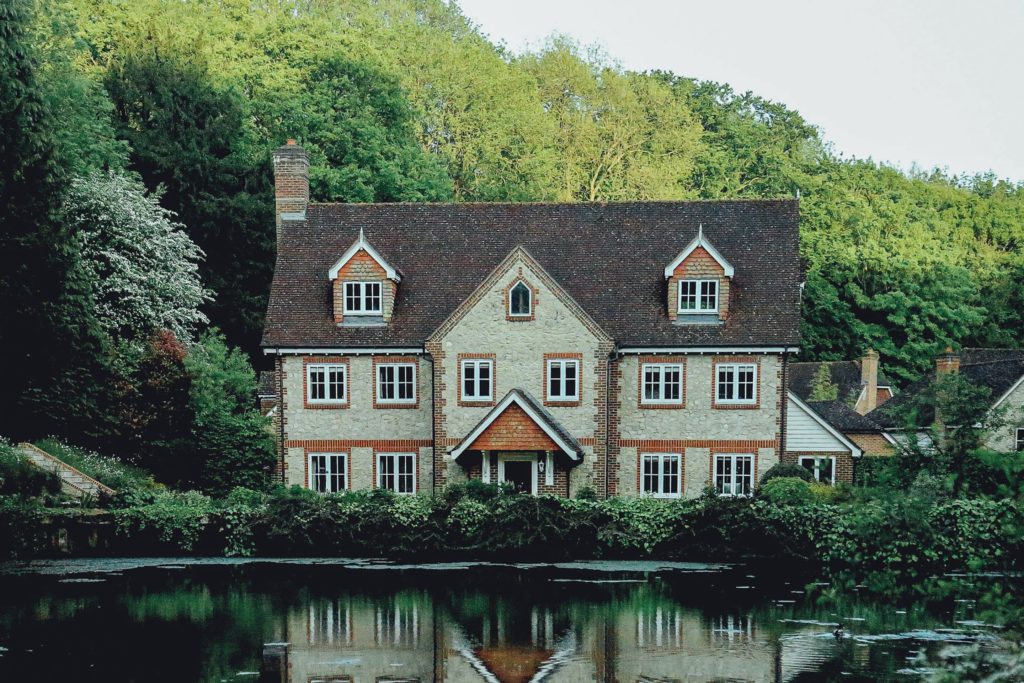
WHAT IS POLYMER RENDER?
Choosing to self-build is a great way to create a home that is exactly tailored to your needs and preferences and can often enable you to get more bang for your buck.
If you are looking to create an individual home that is tailored to your lifestyle and requirements, then you should absolutely consider the self build options available to you.
Self-building can allow you to create a low-maintenance home that will change with you as your needs change. It can also give you scope to design in energy-efficient features from the outset.
But it doesn’t mean that you will be the one on-site digging foundation trenches or laying bricks yourself. There are numerous self-build routes available — depending on your available time, budget and skillset — from building your house on a DIY basis or acting as your own project manager to a completely hands-off approach through a packaging supplier.
Regardless of your chosen route, the self-build process requires careful thought and planning and you will need to make some key decisions before any building work begins.
Here are some of the key things you need to consider before going on-site with your self-build project — from finding land and securing finance, to gaining planning permission and choosing the best construction system, all the way to snagging and reclaiming VAT on all eligible items at the end of the project.
WHY USE ACRYLIC RENDER?
Acrylic renders are most often applied as a thin finish coat to seal and enhance the appearance or the underlying coat. They also bring colour and texture. Fibres are added to prevent cracking and give a durable, lasting finish.
Silicone is also used, promising even longer life and the capacity to be self-cleaning — some claim that when it rains, the silicone will allow rainwater to wash away any dirt.
IS MONOCOUCHE RENDER EXPENSIVE?
‘Monocouche’ (French for ‘single-layer’ or ‘bed’ renders) are relative newcomers to the world of house rendering. These products originated in Europe, so many of the big names – Sto, Knauf, Marmorit and Weber – are European.
Monocouche render is supplied in bags, ready for mixing with water. It can be applied by hand trowel or sprayed on.
Monocouche renders use white cement and are pre-coloured (in any colour you want). They can be applied in one coat (typically around 15mm thick), so are quicker and therefore less labour intensive than traditional house rendering products.
The main disadvantage of monocouche is material cost. A 25kg bag costs between £8-£10 and only covers an m² of wall area. As a comparison, traditional cement render costs around £1/m².
It is important to note though that monocouche render systems will save you on labour costs and maintenance — there is no need for re-painting.
Monocouche renders have additives which make them more flexible and help to eliminate cracking. They can even be ‘self-cleaning’.
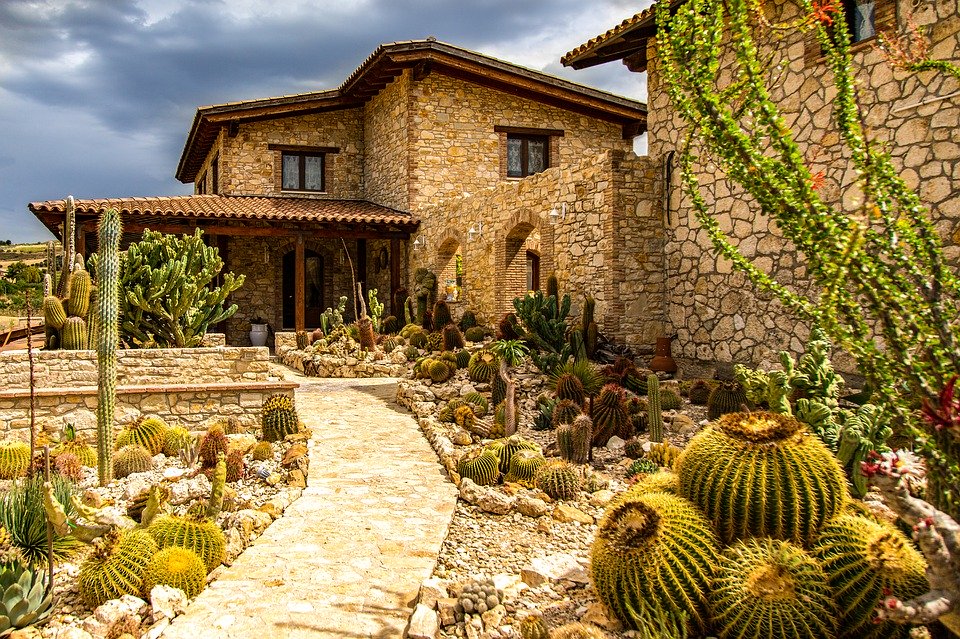
WHY USE LIME RENDER?
Lime plastering was the traditional method for house rendering in this country and there has fairly recently been a re-emergence of interest.
Although lime-based plaster tends to be a little harder to apply than regular Portland cement – meaning it is more commonly used in renovation projects and for conservation work – both Baumit and K Rend now supply polymer-enhanced lime renders which aim to overcome any related difficulties.
Lime plaster is a great option for those looking for a breathable house rendering system.
The advantages of lime render in include:
- It is more flexible than cement
- It is breathable so prevents problems with moisture getting trapped within the wall — a common problem where cement renders are applied to old walls.
- It looks very attractive and enhances the exterior of period homes in particular — though it does require regular coating with lime wash.
Lime house rendering products come in many different formats, including:
- Traditional lime putties (bought wet, by the tub)
- Bagged hydraulic limes, which behave rather like a weak cement. They need to be mixed on site with sand, and are hand trowelled in the traditional way.
- Monocouche lime renders — try K-Rend (K-Lime) and Baumit
Lime render is a little more expensive than standard cement renders, but don’t usually take any longer to apply and are a must for many period properties if problems with damp are to be avoided.
HOW MUCH DOES HOUSE RENDERING COST?
House render costs vary depending on the area your house renovation is in, the size and experience of your tradesperson and the house itself, in some cases.
External house rendering, using a sand and cement method, with a finer topcoat costs around £35-60/m², including two coats of external masonry paint.
Monocouche rendering tends to cost upwards of £40/m².
Lime render is tends to be more time-consuming to apply as therefore costs start at a little more. From £45-50+/m² can be expected.
If you plan on fitting external insulation, with a render finish, you can expect costs of approx. £70-90+/m².
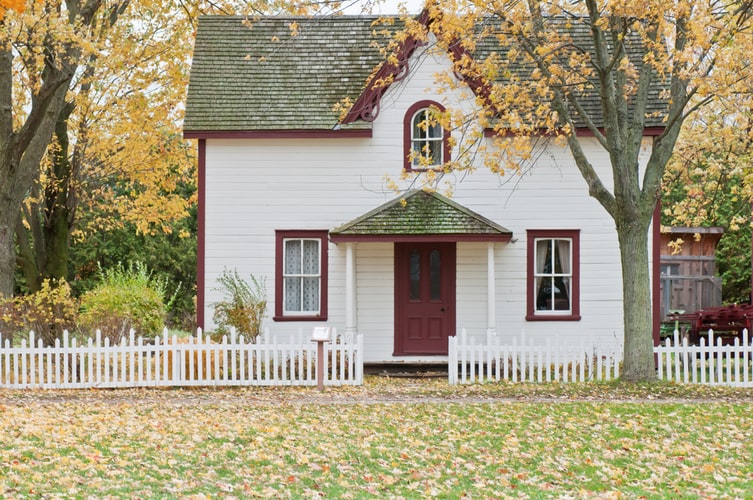
WHAT COLOURS DOES HOUSE RENDER COME IN?
Render can either be painted or supplied as a through-coloured mix. Although through-coloured render tends to be a little more expensive, it is lower maintenance, requiring no subsequent re-painting.
House rendering can be painted or supplied in any colour you wish, but aim for a tone that either fits in with the materials used on the rest of your home or of that used in the local area.
Bear in mind that certain colours, such as a crisp white, will need cleaning or repainting more often in order to stay looking crisp! That said, there are now self-cleaning renders out there, such as PermaRock’s Nano-Quartz technology renders. These have a surface designed to make it hard for dirt to stick, meaning rain and wind will naturally wash them off.
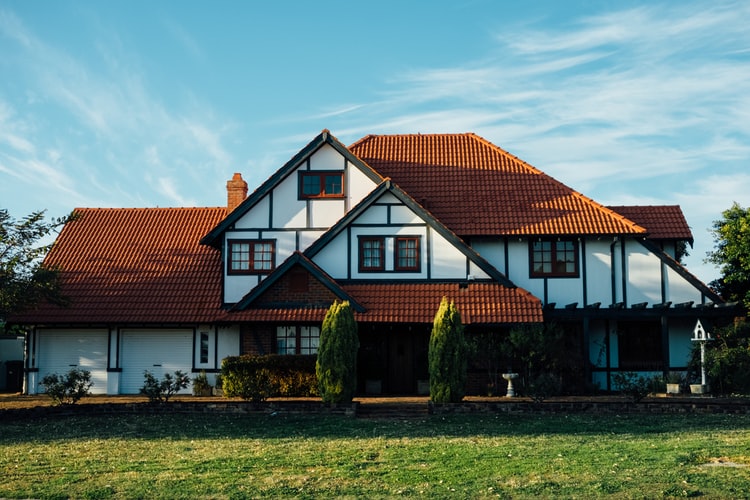
IDEAS FOR HOUSE RENDERING
If you plan on using a combination of cladding materials on your house – great for visual appeal and to avoid a look that is too clinical on contemporary homes – there are a few factors to consider”
- The junction between two different cladding types give rise to potential waterproofing and airtightness problems
- It increases costs due to the requirement for separate suppliers and trades — it is also important to schedule each trade so they don’t overlap
- You need to consider the difference between those cladding which are self-supporting (brick and stone, for example) and those which need to be attached to something, such as render
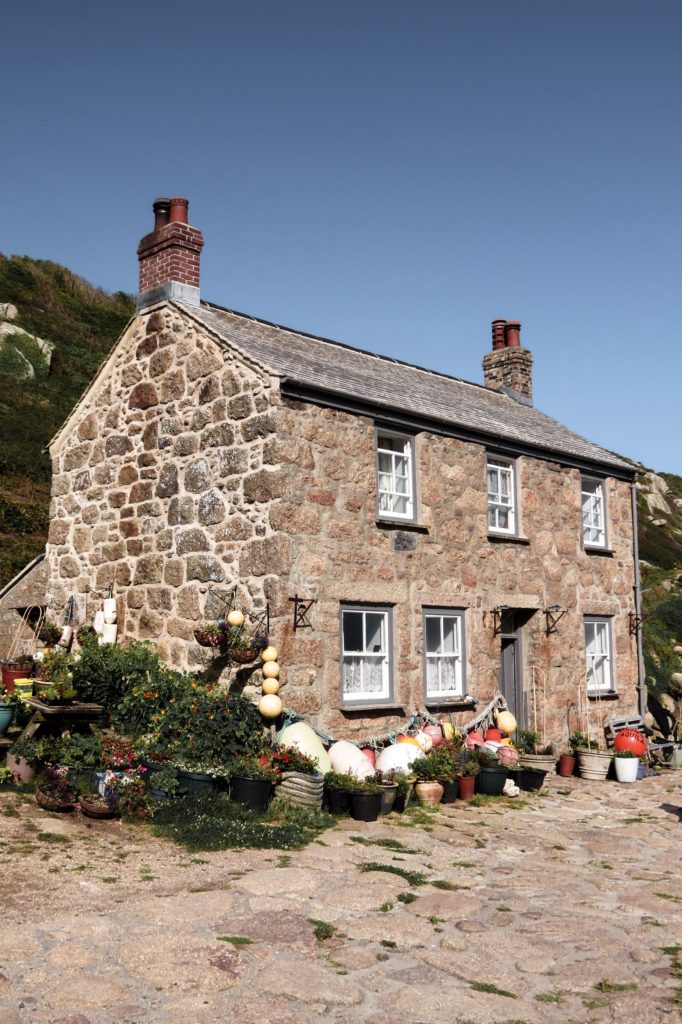
DOES HOUSE RENDERING INSULATE?
In the UK, much of the insulation upgrading has been done via the cavity wall, but cavity construction is uncommon in other countries. There the preference has been to add insulation to the outside of the existing walls and then render over the insulation.
In cases where there is no cavity wall insulation (and no way of adding it in this way, in houses with solid walls, for example) it is useful to consider external wall insulation (EWI) systems.
These are made up of insulation layers, meshes and top coat renders.






